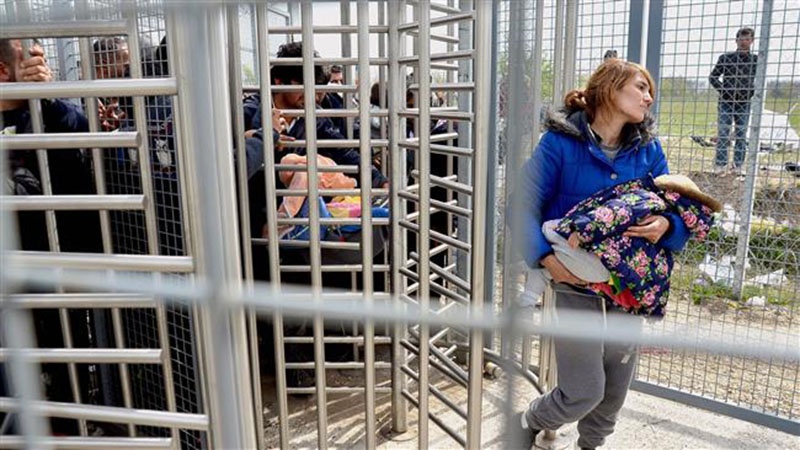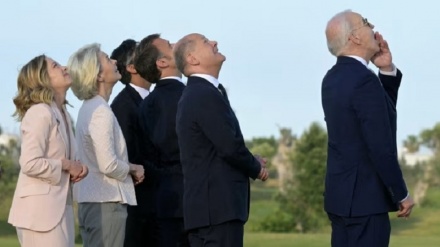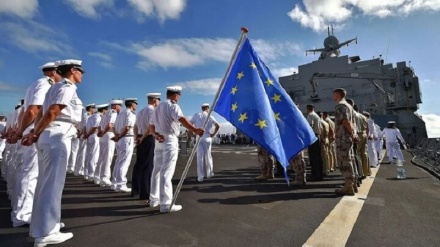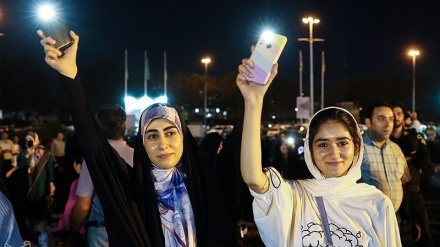The business of building walls
As Europe marked the fall of the Berlin Wall, it is tragic that so many new walls have been built across Europe to keep out the most vulnerable people on the planet.
Stay with us for a report which appeared on the Common Dreams website, titled, “'The Business of Building Walls': New Report Shows Companies Cashing In on Europe's Expanding Anti-Migrant Barriers”. This interesting report has been written by columnist, Andrea Germanos.
There were plenty of headlines over the week marking the 30th anniversary of the fall of the Berlin Wall, but new walls in Europe are very much a big business.
That's the focus of a new report published recently by the Transnational Institute (TNI), the Dutch campaign against the Arms Trade (Stop Wapenhandel), and Delàs Center.
Entitled "The Business of Building Walls," the publication builds on the groups' 2018 report on walls. It names the beneficiaries of this new wave of barriers, which include not just physical walls but also "radar systems to the drones to the surveillance cameras to the biometric fingerprinting systems"—all aimed at blocking refugees and migrants.
This business, the report adds, "has both fueled and benefited from a massive expansion of public spending on border security by the European Union (EU) and its member states."
Niamh Ni Bhriain of TNI said: "As we celebrate the fall of the Berlin Wall, it is tragic that so many new walls have been built across Europe to keep out the most vulnerable people on our planet. This report shows that the new era of building walls is driven by a powerful military and security industry that have shaped EU border policies and reaped the financial rewards."
Since 1989, "European countries have constructed about 1,000 kilometers of border walls and fences, more than six times the length of the Berlin Wall, to keep out refugees and migrants. Most of these have been built since 2015, when the crisis in Syria was at its height," says the report. While Europe had just two walls in the 1990s, the number shot up to 15 in 2019, which combine to a length of 1,000 kilometers.
If anti-refugee maritime operations are included to the count ships, aircraft, and drones used to patrol the Mediterranean, the length of Europe's walls add an additional 4,750 kilometers.
Building Fortress Europe comes with costs, as a press release accompanying the report sums up:
“Data shows at least €900 million has been spent on land walls and fences, €676.4 million on maritime operations (2006 to 2017), and €999.4m on its virtual walls (2000-2019).”
Winners and losers of the wall business are evident:
“A Europe full of walls has proved to be very good for the bottom line of a wide range of corporations including arms, security, IT, shipping and construction companies. The EU's planned budgets for border security for the next decade show it is also a business that will continue to boom.”
Three European military firms—Thales, Leonardo, and Airbus—have been the biggest beneficiaries, according to the analysis. It notes that:
- Thales also produces maritime surveillance systems for drones and is working on developing border surveillance infrastructure for Eurosur, researching how to track and control refugees before they reach Europe by using smartphone apps, as well as exploring the use of High Altitude Pseudo Satellites (HAPS) for border security, for the European Space Agency and Frontex.
- Leonardo was also a member of a consortium, awarded €142.1 million in 2019 to implement and maintain EU’s virtual walls, namely its EES. It jointly owns Telespazio with Thales, involved in EU satellite observation projects (REACT and Copernicus) used for border surveillance.
- Pan-European arms giant Airbus is a key supplier of helicopters used in patrolling maritime and some land borders, deployed by Belgium, France, Germany, Greece, Italy, Lithuania and Spain, including in maritime Operations Sophia, Poseidon and Triton.
The report says, "Perversely these firms are also among the top four biggest European arms dealers to West Asia and North Africa, thus contributing to the conflicts that cause forced migration."
There are big losers in the border wall business as well. As the report notes:
This is also a deadly business. The heavy militarization of Europe's borders on land and at sea has led refugees and migrants to follow far more hazardous routes and has trapped others in desperate conditions in neighboring countries like Libya. Many deaths are not recorded, but those that are tracked in the Mediterranean show that the proportion of those who drown trying to reach Europe continues to increase each year.
The report's author, Mark Akkerman, called for a new, more humane approach to help those uprooted from their homelands.
He wrote, "Today's walls need to be replaced by policies based on providing shelter, assistance, and a safe future for refugees as well as working on eliminating the reasons people are forced to leave their homes in the first place."
SS



